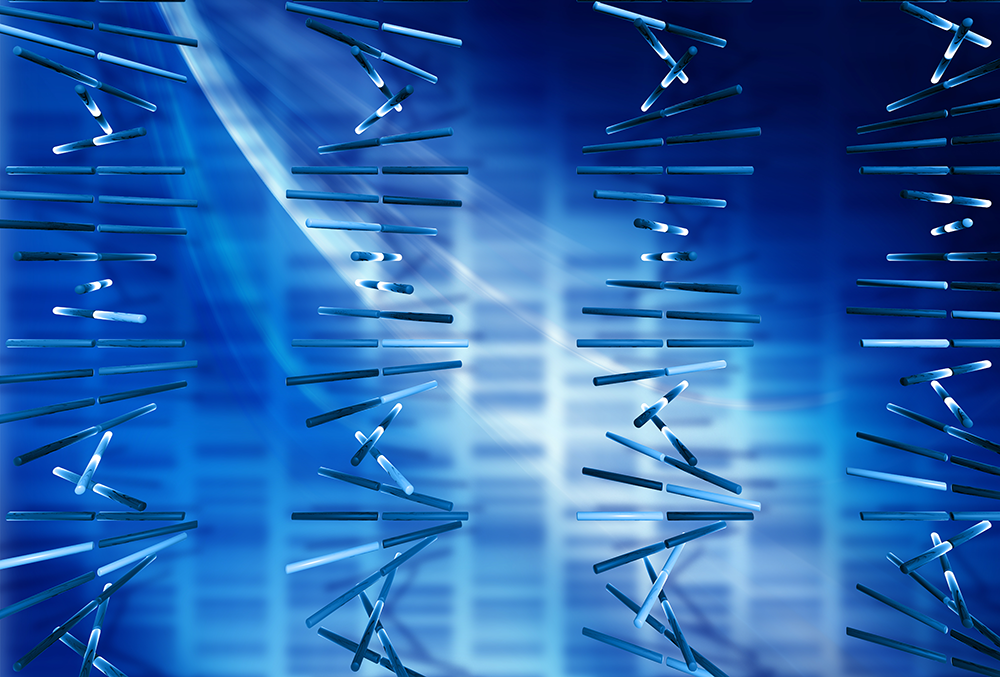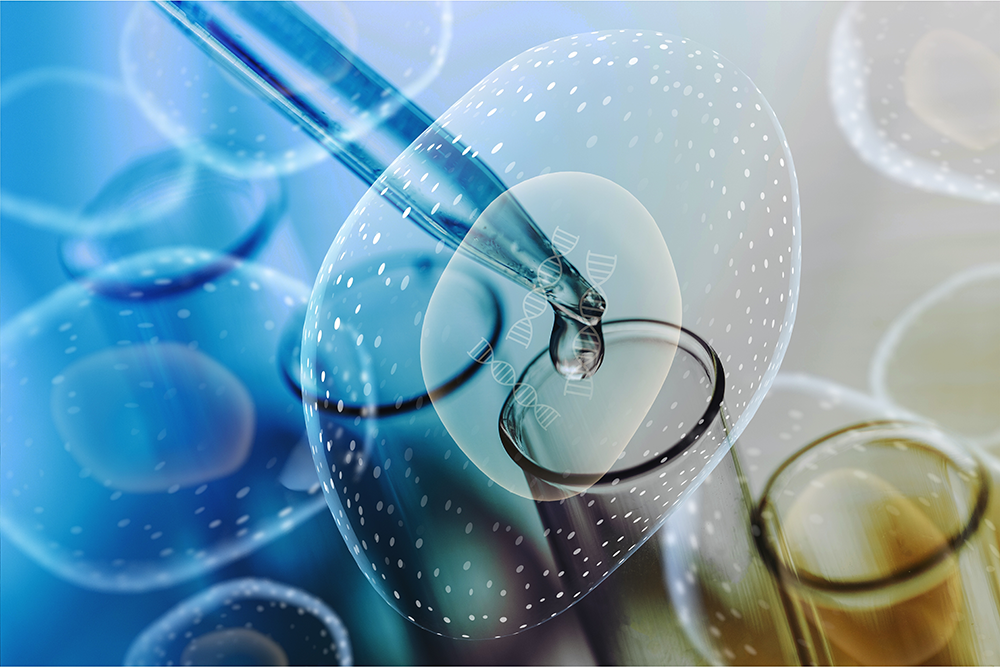Proteomics is the study of the interactions, composition, and structure of proteins and how they operate within the cell. It provides information about the structure and function of proteins within the organism.1 Mass spectrometry is the most used method to analyze the proteome of an organism, and high-quality isolation and purification of proteins are crucial steps for successful analysis.2 Detergents are essential for proteomic sample preparation in order to efficiently solubilize proteins, in particular for hydrophobic membrane proteins. They are amphipathic molecules containing both a polar head group and a hydrophobic chain, with binding affinity for both hydrophobic and hydrophilic proteins, with prevalence against hydrophobic membrane proteins.3
Whilst beneficial, high concentrations of detergents can interfere with protein or peptide analysis, such as protease digestion, isoelectric focusing, electrospray ionization, or column binding and elution.4 This article explores the issues of using detergents in peptide purification and describes a new method for overcoming them using the PreOmics’ Phoenix Peptide Clean-up kit.
The Challenge
Detergents are known to interfere with enzyme activity, as binding to a protein will disrupt native structure through interacting and solubilizing hydrophobic binding domains.5 As enzyme active sites are often localized to hydrophobic binding pockets,6 treatment with detergent may limit the representability of structural data. The use of strong detergents will also perturb isoelectric focusing, a separation technique, as they alter the ionic strength and pH of the solution. This also causes interference with protein structure and folding, making purification unfavorable for both structural and functional investigations.
A key stage of mass spectrometry analysis during protein purification is electrospray ionization, as samples must be ionized for input into the mass spec machine.7 The use of detergents limits the efficiency of electrospray ionization by forming micelles that encapsulate proteins, reducing the intensity of the signal detected by the mass spectrometer and thereby limiting analytical efficiency.
Protein purification relies on high-efficiency elution to obtain a concentrated sample.8 This process is often achieved through chromatography based on specific protein properties. However, strong detergents can alter the surface hydrophobicity of proteins and mask binding sites, thereby limiting effective elution.
To achieve high-efficiency mass spectrometry, it is essential to effectively remove detergents following cell lysis. A cleaner sample will yield more accurate results and reduce the likelihood of contamination. To achieve this, PreOmics has developed the Phoenix Peptide Clean-Up kit for efficient detergent removal.
The Solution
The Phoenix Peptide Clean-Up kit from PreOmics offers an easy-to-use spin cartridge to clean up peptide mixtures, lowering hands-on time to 45 minutes. Phoenix functions as a dual clean-up step, as it removes both hydrophobic and hydrophilic contaminants, leaving mass-spec-ready peptides for analysis.
To achieve efficient detergent removal, the Phoenix kit utilizes spin cartridge technology to remove up to 99.5% of detergent over three simple washes, making preparation and detergent removal simple, time-efficient, and effective.9 It also removes other contaminants, including sugars, salts, and excess labeling reagents whilst maintaining up to 90% peptide recovery. By implementing Phoenix into the mass spec preparation workflow, a wider range of detergents can be used to isolate proteins for purification while maintaining a high concentration sample for later analytical steps.9
To test the real-life usability of the Phoenix Peptide Clean-Up kit, researchers investigated the removal efficiency of multiple detergents during mass spectrometry. By comparing a 1% detergent solution with and without Phoenix Peptide Clean-Up kit treatment, researchers found a large reduction in ion suppression and revealed efficient detergent removal in the Phoenix-treated sample.10 Their results showed a substantial loss of detergent, with all tested detergents (CHAPs, IGEPAL, PEG-10k, SDC, SDS, Triton X-100) removed at >99.5% efficiency. Additionally, Tween-20 was removed with 85% efficiency.10
Phoenix is also compatible with the iST sample preparation kit and is suitable for automation by combining with PreON, reducing hands-on time to 5 minutes. The Phoenix Peptide Clean-Up kit represents a new horizon for protein purification within mass spectrometry, as specialized kits enable high-efficiency detergent removal while minimizing contamination risk. Specialized kits enable enhanced accuracy and reliability while dramatically reducing hands-on time in preparation and analysis.
References & Further Reading
1. Al-Amrani S, Al-Jabri Z, Al-Zaabi A, Alshekaili J, Al-Khabori M. Proteomics: Concepts and applications in human medicine. World J Biol Chem. 2021 Sep 27;12(5):57-69.
2. Du M, Hou Z, Liu L, Xuan Y, Chen X, Fan L, Li Z, Xu B. Progress, applications, challenges and prospects of protein purification technology. Front Bioeng Biotechnol. 2022 Dec 6;10:1028691.
3. Anandan A, Vrielink A. Detergents in Membrane Protein Purification and Crystallisation. Adv Exp Med Biol. 2016;922:13-28.
4. Behnke JS, Urner LH. Emergence of mass spectrometry detergents for membrane proteomics. Anal Bioanal Chem. 2023 Jul;415(18):3897-3909.
5. Stangl M, Veerappan A, Kroeger A, Vogel P, Schneider D. Detergent properties influence the stability of the glycophorin A transmembrane helix dimer in lysophosphatidylcholine micelles. Biophys J. 2012 Dec 19;103(12):2455-64.
6. Berntsson RP, Thunnissen AM, Poolman B, Slotboom DJ. Importance of a hydrophobic pocket for peptide binding in lactococcal OppA. J Bacteriol. 2011 Aug;193(16):4254-6.
7. Ho CS, Lam CW, Chan MH, Cheung RC, Law LK, Lit LC, Ng KF, Suen MW, Tai HL. Electrospray ionisation mass spectrometry: principles and clinical applications. Clin Biochem Rev. 2003;24(1):3-12.
8. Wingfield PT. Overview of the purification of recombinant proteins. Curr Protoc Protein Sci. 2015 Apr 1;80:6.1.1-6.1.35.
9. PreOmics’ Peptide Clean-Up kit: Peptide purification simplified
10. Phoenix Peptide Clean-Up Kit Application Note



.webp)








